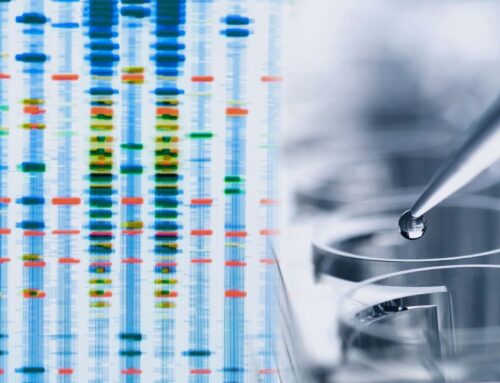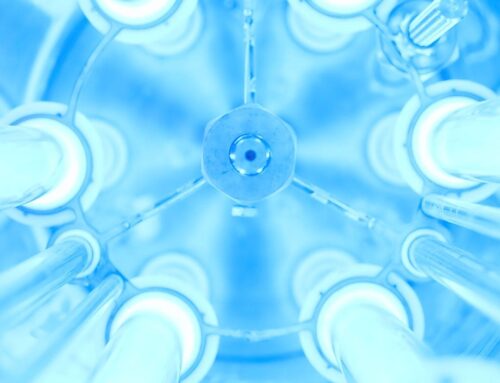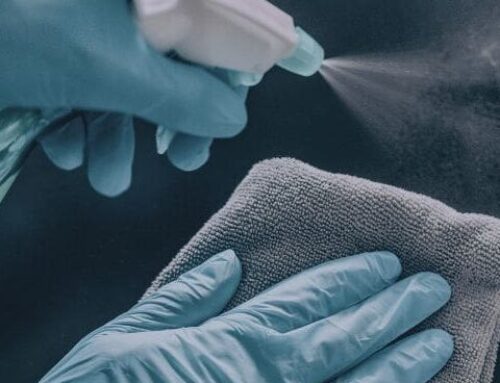The AOAC Use-Dilution Method requires the cylindrical test surfaces (penicylinders) to be screened for suitability prior to testing. Penicylinders are first screened visually. Surfaces with nicks and scratches are discarded. Then they are screened biologically. Surfaces are inoculated with Staphylococcus aureus, dried, then treated for 10 minutes with dilute quaternary ammonium. Penicylinders harboring viable microorganisms after this step are discarded under the assumption that they are flawed. We wondered whether or not this made sense, so we ran some experiments to find out:

*100 ppm quat was used above, but the lab sees similar trends for 500 ppm.
This and other data from our laboratory suggest that biological carrier screening may be of limited value, since carriers that fail biological screening pass re-screening at approximately the same rate as random carriers. We will continue to biologically screen our carriers to remain in compliance with the AOAC method, but encourage other laboratories to repeat our study and share their results.




